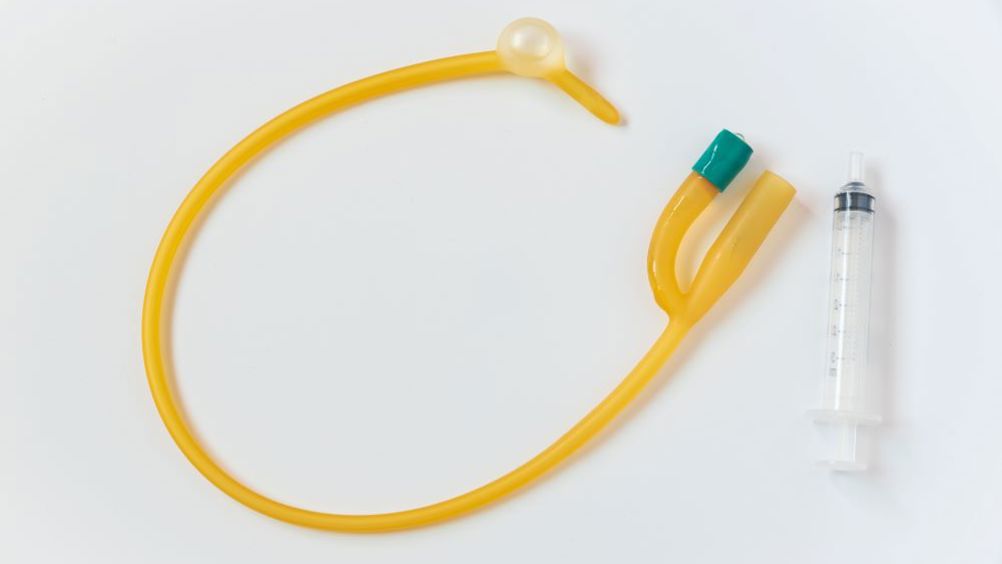References
Supporting patients to prevent urinary tract infection and self-catheterise

A study carried out by Okamoto et al (2017) found that there is uncertainty among intermittent self-catherisation (ISC) users regarding the signs and symptoms of urinary tract infection (UTI) and at what point they should seek help. The researchers suggested that a self-help tool would be ideal for this patient cohort, which could assist with the identification of infection, as well as improve communication between patients and health professionals. The tool could also prevent excessive or unnecessary contact with practitioners by ensuring that patients have the tools and abilities to self-manage, while still providing the knowledge for patients to know when it is time to seek help.
A tool has since been developed, though with a slightly different focus, as it requires that a health professional carry out the assessment. The tool was published in BMC Nursing by Lauridsen et al (2022). A UTI risk factors model was used as the basis to inform the content included in the tool and the authors used the Design Thinking Process to guide its development, in terms of both its content and format.
Register now to continue reading
Thank you for visiting Community Nursing and reading some of our peer-reviewed resources for district and community nurses. To read more, please register today. You’ll enjoy the following great benefits:
What's included
-
Limited access to clinical or professional articles
-
New content and clinical newsletter updates each month

